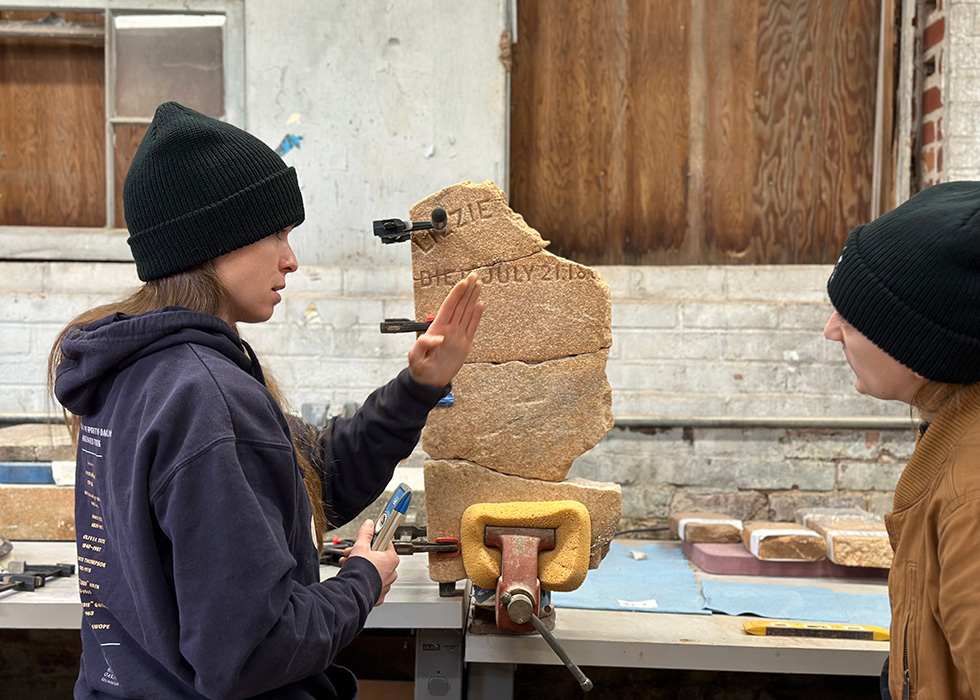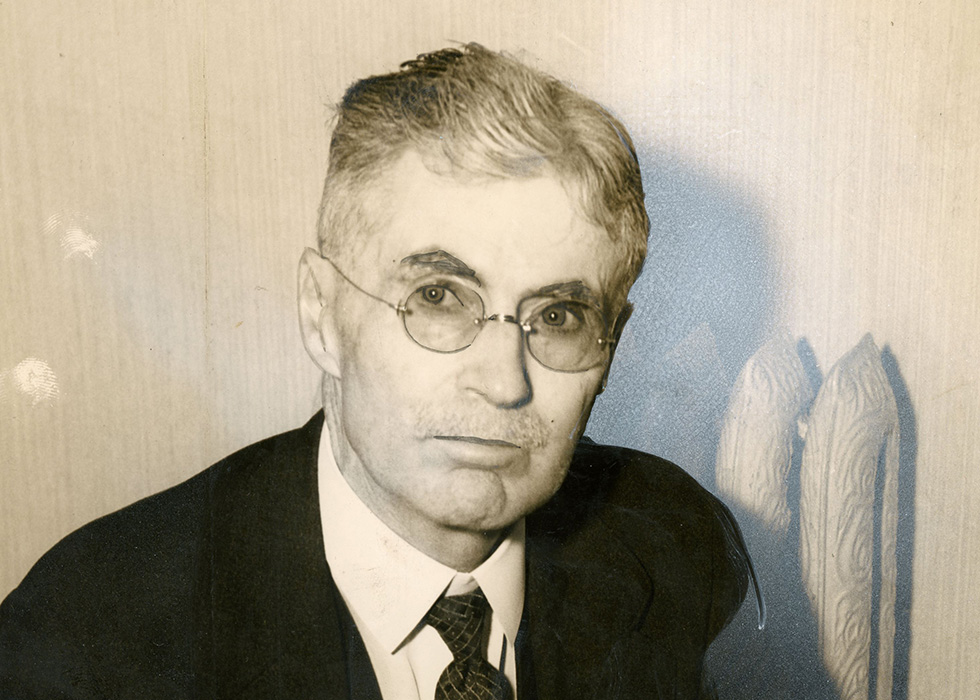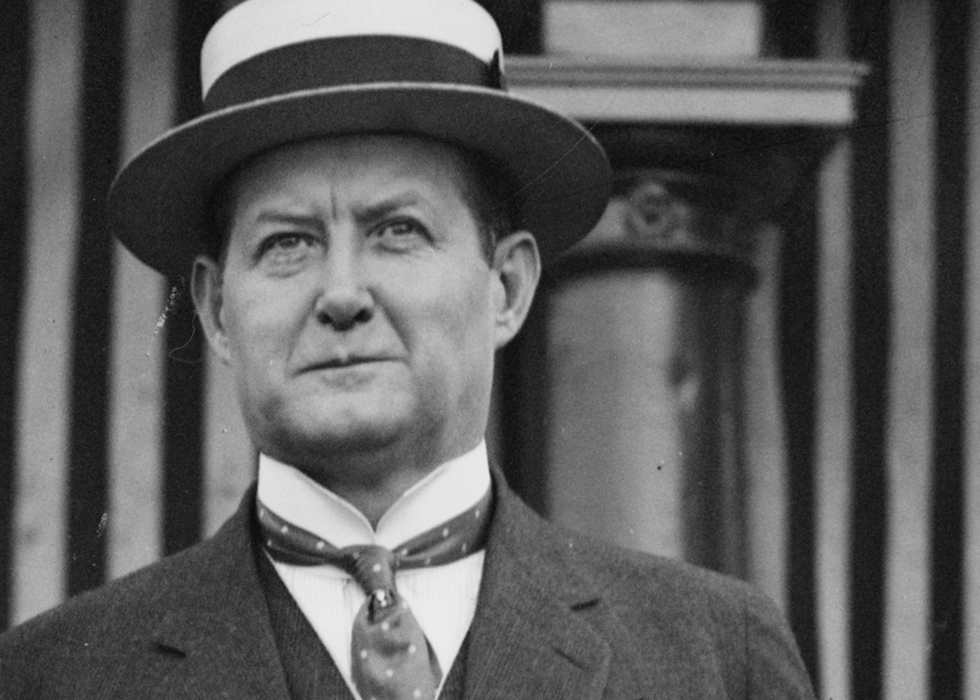
Resident Spotlight: Dr. Gustavus Garnett Roy

Born in Virginia in 1836, Gustavus Roy grew up planning to practice medicine like his father. He graduated from the prestigious Richmond College and the Jefferson Medical College in Philadelphia. When the Civil War began in 1861, Dr. Roy joined the Confederate Army and rose to become a captain. In 1862, he resigned his captaincy to return to medicine. He was sent to Atlanta and attained the rank of Assistant Surgeon. In this role, Dr. Roy was in charge of several Atlanta hospitals, including those treating wounded Federal soldiers. He was promoted to Full Surgeon and ordered to organize hospitals at Andersonville, a Confederate prisoner-of-war camp.
Designed to hold a maximum of 10,000 Union prisoners, Andersonville held more than 32,000 men at its most crowded. The prisoners lived in brutal conditions with minimal shelter from the elements and contaminated drinking water. Most were wounded, starving, and suffering from diseases. Of the 45,000 Union soldiers who passed through the camp, almost 13,000 died. Dr. Roy was the officer in charge of the Andersonville hospitals. He later witnessed the hanging of Confederate Captain Henry Wirz, commandant of the camp, for war crimes.
Dr. Roy returned to Atlanta to resume his practice and later formed the Southern Medical College, where he was Chair of Materia Medica and therapeutics. He also lectured in clinical gynecology. Dr. Roy’s son, Charles Dunbar Roy, followed his father and became a physician. Dr. Roy’s 16-year-old twin daughters, Rosa and Virginia, died of typhoid fever a month apart in different cities. Buried beside their parents at Oakland, their stone reads, “Twins at birth, twins in the grave, twin angels in heaven.” How helpless their father must have felt – no antibiotics were known for another 50 years.
Dr. Gustavus Roy died on October 19, 1901. He is buried on East Hill next to members of his family.
Dr. Roy is featured on Oakland’s newest special topic tour: Oakland M.D.: Healthcare Pioneers of Atlanta Tour. Medical care in the nineteenth century was much more about art than science. There were no antibiotics, no blood transfusions, and limited medical infrastructure. With the passage of time, new knowledge and better treatments allowed Atlanta physicians to save lives that would have been lost only a few years previously. Throughout this “pioneer” period of limited effective treatment, Atlanta physicians provided compassionate care to patients and gradually developed what would become modern Atlanta medicine.
This tour is available for private groups only. Click here to learn how to book a private Oakland M.D. tour.



